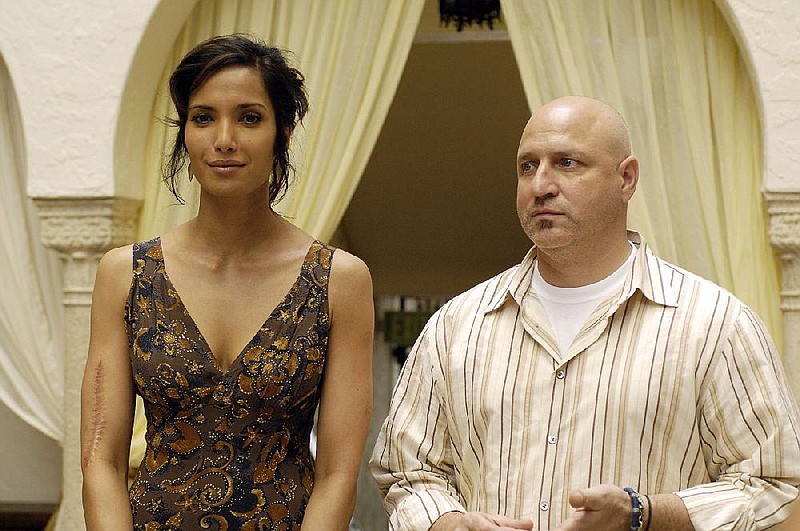NEW YORK -- The owners of Huertas, a cheerful Spanish small-plates restaurant in the city's East Village, knew they would have to raise prices when they abolished tipping in December last year. But when the octopus plate rose from $16 to $21, they looked at the plate and realized another adjustment was needed.
"We decided to add a tentacle," an owner, Nate Adler, says. The extra limb costs about a dollar, but the more substantial dish eased the sting of the $5 price increase.
"Ultimately it's not about the numbers on the check, but about whether the balance and the value feels right to people as they leave the restaurant," Adler says. "It's not an entirely rational system."
A rational system is exactly what he was hoping for when Huertas joined several restaurants in Danny Meyer's Union Square Hospitality Group -- Maialino, Marta, the Modern, North End Grill, Gramercy Tavern and the newly reopened Union Square Cafe -- that have stopped accepting tips. The switch is part of an effort to bring the nation's roughly $800 billion restaurant business, with its frequently chaotic and unprofessional practices and traditions, in line with modern workplace standards.
Instead of expecting customers to tip the people who wait on them, tip-free restaurants pay all employees wages that reflect their skill and seniority. The customer pays a fixed amount, stated in writing (in menu prices), as in virtually every other kind of consumer business, from Nordstrom and Netflix to The New York Times.
This service-included system -- also called gratuity-free, tipless and, within the Union Square group, Hospitality Included -- has been in place for several years at expensive restaurants like Per Se and the Chef's Table at Brooklyn Fare. But this year, influential restaurants up and down the price scale and around the country signed on, including Le Pigeon and Park Kitchen in Portland, Ore.; Dahlia Lounge and Canlis in Seattle; and Comal, Cala and Petit Crenn in the San Francisco Bay Area.
It is too soon to tell whether the no-tipping model will become the standard, or simply an option for a few restaurants that can make it work. What is clear after about a year is that it has forced a number of unforeseen changes, large and small, in the places that have embraced it.
To manage costs without inflicting sticker shock on customers, restaurants have to hunt down every possible savings. At Huertas, where the octopus grew another leg, the kitchen staff has shrunk from six cooks to four or five per shift. At Roman's in Brooklyn, the bar is no longer always stocked with organic lemons.
The Union Square group, with its deep pockets, has begun buying more items in bulk, like paper towels, laundry services and software. Its chefs are coordinating menus so they will be able to share whole animals, like holistically raised lambs from Elysian Fields Sheep Farm in Pennsylvania, instead of buying individual cuts.
Because restaurants have for so long relied on tips as an important financial element -- essentially subsidizing the entire payroll for the service staff -- what sounds like a simple policy decision can require a complete overhaul.
"This is more like opening a new restaurant," says Dino Lavorini, the director of operations at the Modern, which ended tipping in November 2015, the first restaurant in the Union Square group to do so. In the year since, the restaurant's profits have slipped, company officials say; they would not say by how much, but added that they had anticipated the drop and expect it will correct itself.
But some restaurants that adopted a no-tipping policy in 2016 have already revoked it: New York restaurateurs David Chang, Tom Colicchio and Gabe Stulman all found it unworkable in the small-scale experiments they tried.
"We continue to be supportive of the no-tipping movement," Colicchio says, "but we've heard from our customers and team that they just aren't ready for it yet."
Adler of Huertas, and others, say one big reason to end tipping is the need for more equity between those who work in kitchens, who earn straight wages, and those who work in dining rooms, who receive tips.
A more immediate motivation, local restaurateurs say, was the approach of the $15 minimum wage in 2018, proceeding in New York on Dec. 31 with a raise to $11 an hour (from $9) for nontipped workers.
"Labor is just going to cost more and more, and all restaurants will need to rethink how their people get paid," Lavorini says.
Weekend on 12/22/2016
